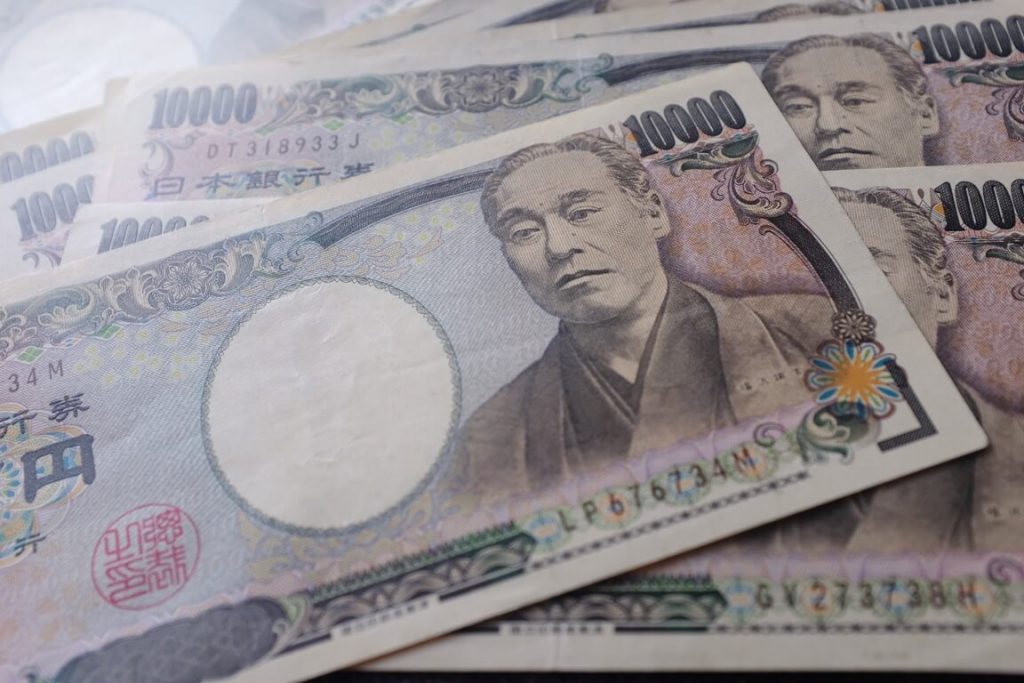
The Japanese Yen plunged to a 24-year low against the dollar
The U.S. dollar rallied versus the euro on Thursday. It also surged forward against the British Pound. Traders awaited news about U.S. interest rates, expecting the agency to push them higher. On the other hand, investors fear that European economies will end up in a recession.
The common currency plummeted by 0.37%. It barely managed to hold above parity versus the greenback at $1.10016 today. At the same time, the sterling plunged to a new two-and-a-half-year low. It exchanged hands at $1.15545, shaving off 0.5% for the day. Forex market mood was decidedly risk-off, with traders moving from riskier assets to safe-haven ones.
In the eurozone, manufacturing activity shrank for a second consecutive month in August. A survey showed that it mirrored a drop in factory activity worldwide. Even though European energy costs have weakened slightly during this week, they still remain very high.
Analysts at Generali Insurance Asset Management noted that despite hitting new records, the U.S. dollar strength still has scope to extend further. The European energy crunch and the global slowdown support the currency.
On Thursday, the U.S. dollar index jumped by 0.34% at 109.09 against a basket of six major currencies. It traded near its two-decade peak of 109.48 reached on Monday. The greenback also skyrocketed to a 24-year high versus the Japanese yen.
The yen collapsed as low as 139.69 yen per USD earlier in the day, hitting its weakest level since 1998. However, the currency managed to alleviate some losses later. At last, the dollar exchanged hands only 0.24% higher at 139.3 yen.
What is the analysts’ forecast for the Japanese Yen?
Sosuke Nakamura, a strategist at JPMorgan in Tokyo, stated that the main driver of the USD/JPY pair remains rate differentials between the U.S. and Japan. Moreover, Nakamura thinks that today’s price action actually follows the overnight increase of U.S. rates. Thus, the pair’s moves depend on how U.S. rates behave in the coming days.
Investors expect a 75-basis-point U.S. rate increase at September’s Federal Reserve meeting. Such forecasts boosted the yield on benchmark 10-year U.S. Treasuries. The latter skyrocketed to a two-month high of 3.219% on Tuesday. On the other hand, Japan’s 10-year government bond yield remains at just 0.24%. On Thursday, a Japanese senior finance ministry official announced that the country’s government was watching the yen’s moves with a high sense of urgency.
Meanwhile, the Australian and New Zealand dollars suffered due to the risk-off mood of the markets. Both currencies plunged to their lowest levels since July today. The Aussie dropped by 0.47%, trading at $0.68115. At the same time, the kiwi shaved off 0.49%, exchanging hands at $0.6105.
What about the EM currencies?
Emerging market currencies also ended in the red, moving towards two-year lows today. Traders were concerned about an economic slowdown as weak PMIs out of Asia, and Europe increased doubts about the recovery. In addition, major central banks’ focus stays on soaring inflation. As the banks struggle to control it, they may decide to tolerate some amount of decrease in growth.
On Thursday, the Chinese yuan remained near two-year lows. Moreover, in South Korea, a record trade deficit caused the won to lose 0.9%. As a result, the currency fell to its lowest in over a decade. The Turkish lira also declined by 0.7% before rebounding, while South Africa’s rand tumbled to six-week lows.
Jakob Christensen, the chief analyst and head of EM research at Danske Bank, stated that it’s a challenging environment for EM markets. This morning, the PMIs signaled that the global manufacturing sector is truly going down. At the same time, the Federal Reserve is trying to reinforce its inflation-fighting narrative. That has caused the traders to move to safe-haven currencies.
Even stocks suffered a sell-off. The MSCI’s index of EM shares decreased by 1.7% to hit its lowest level in over a month. Asian shares experienced their worst session in almost eight weeks today. Turkish and South African shares plummeted by more than 1%, and Polish shares lost nearly 2%.
Meanwhile, Sri Lanka managed to reach a preliminary agreement with the International Monetary Fund on Thursday. The country will get a loan of about $2.9 billion. Zambia also won IMF approval, and it will receive a $1.3 billion loan. After this news, Sri Lankan shares soared by 2%.


